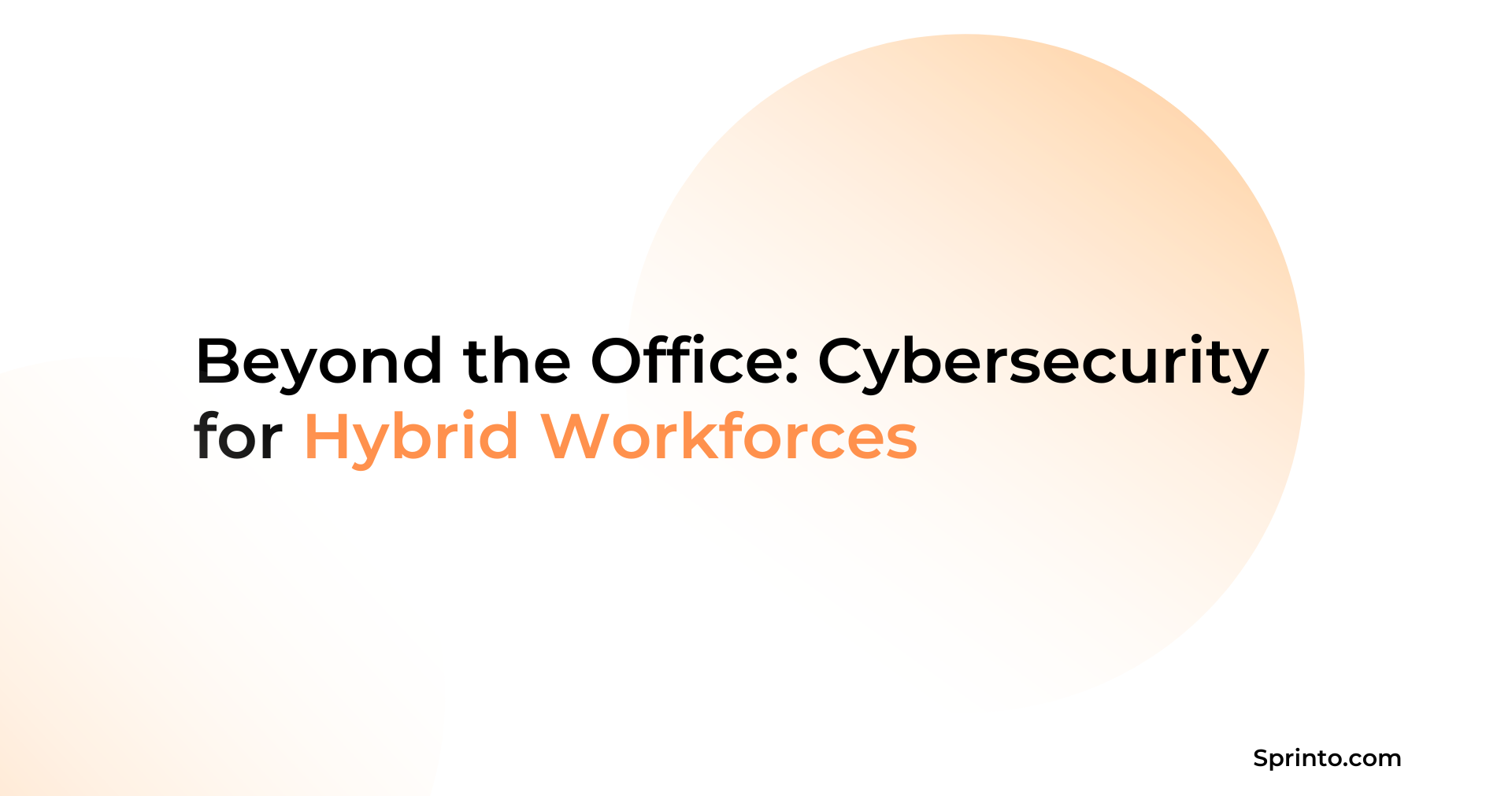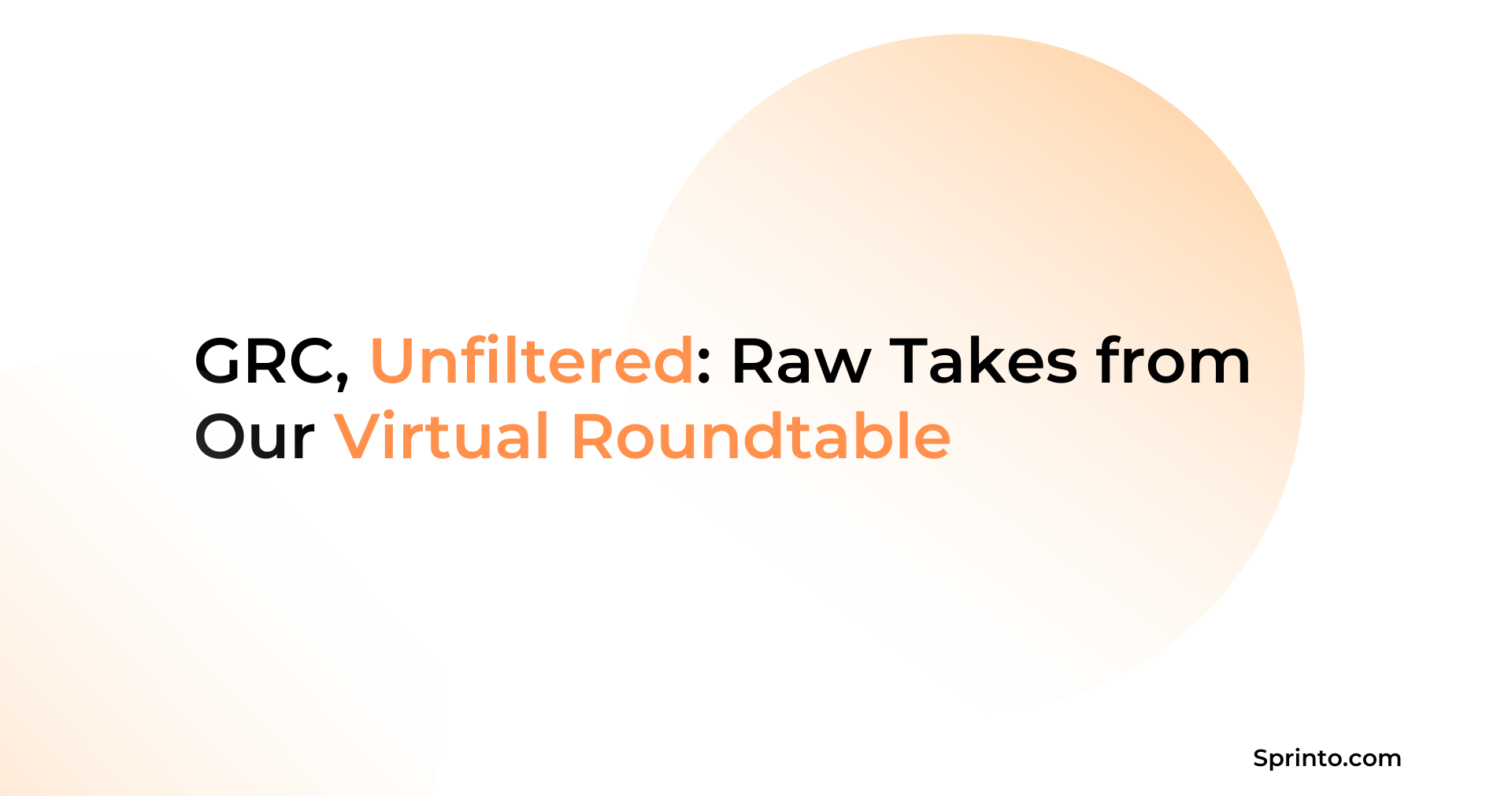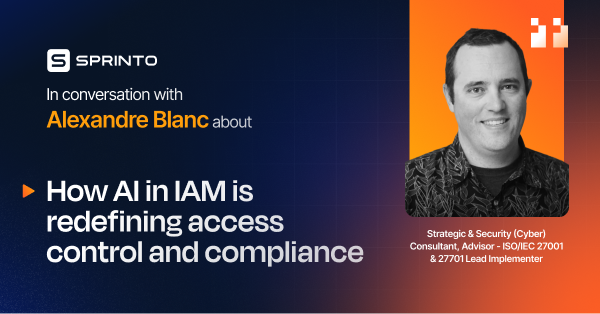How to Implement an Effective Risk Management Process
Meeba Gracy
Sep 13, 2024
Risk management should be a key focus for any project. Whether it’s stakeholder misalignment or sudden regulatory changes—no project is completely safe from risk.
Ignoring risks can result in all sorts of unpleasant setbacks and may lead to unacceptable outcomes. An example would be an organization’s vulnerability to cyber-attacks.
How can you address the problem?
Introducing a risk management process will give you the knowledge you need to succeed!
Read on to find out.
What is the risk management process?
Risk management is the process of reducing potential dangers to your company. These risks may include but are not limited to cybersecurity issues such as system malfunctions and data loss as well as natural disasters like floods and earthquakes.

Let’s look at an example – we can look at the process in analogy with how we drive a car. Think of your company’s inherent risk profile as your vehicle’s speed.
The faster you drive, the more risks you take – not just in terms of potential collisions but also the damage should such accidents occur.
This means that you must take greater protective measures accordingly. In terms of your company, increased network complexity and constant mode increase ‘speed.’ This means companies will have to heighten their protective measures.
As a CISO, implementing a risk management process helps you protect your company from potential risks while increasing the odds of long-term success. But wait, there’s more; focusing on risk assessment also provides an opportunity to maximize profits.
With that in mind, let’s walk through the steps required to set up a risk management process.
Here are the 5 Steps in the Risk Management Process
The risk management process contains five steps:
- Identify the risk
- Analyze the risk
- Mitigate the risk
- Treat the risk
- Monitor the risk
Risk management methods should be an ongoing process that involves constantly identifying risks and solving for them. Let us understand all the steps in detail:

1. Identify the Risk
Risk evaluation is a key first step for a successful organization. It allows you to proactively identify and mitigate any dangerous risks you might encounter in your operating environment.
These may include regulatory, legal, environmental, market or natural disaster risks. You can even keep track of potential technological or SPOF (single point of failure) risks.
Internal risks include
- Human resources: Employees
- Technology used
- Operational risks: Systems failure
- Administrative risks
External risks include
- Regulatory changes
- Environmental risks
- Legal risks
- Natural disasters
- Market fluctuations
Note: You should also keep track of potential technological or SPOF (single point of failure) risks.
To ensure effective risk management, consider starting a risk log/register to document each identified project risk and enable quick reference in future projects. When you take initiative now and understand all the possible risks your organization faces, you will be more equipped to tackle future challenges head-on.
2. Analyze the Risks
The next step is to analyze the risks which have been identified. Firstly, determine the probability of each risk and the degree of disruption it could create.
Assessing the risk is done in two ways: Qualitative risk assessment and quantitative risk assessment.
Qualitative risk assessment
Qualitative analysis is subjective in nature is done through methods of probability analysis.
The probability of each risk occurring can be measured based on past incidents using the formula: P(e) = N(e) / N. Here, N(e) is the number of times a risk has occured in the past and N is the number of total experiments.
To gauge the degree of disruption a risk could create, either use a risk matrix or risk assessment software that provides an impact-level analysis.
Quantitative risk assessment
Quantitative risk assessment can be using calculations like Economic Capital and risk-adjusted return on capital (RAROC).
The formula for Economic Capital or EC and RAROC are:
Economic Capital = Total Risk Amount – Expected Losses
RAROC = {Expected revenue – (Operating cost + Interest charges) + Return on capital – Expected losses}/Economic capital.
These calculations are usually used to calculate strategic risks that affect business continuity and organizational growth.
3. Mitigate the Risk
When it comes to risk management methods, risk mitigation is the next crucial step. You must create and implement a plan to reduce the probability of risks and their impacts.
You should focus on the risks highlighted in the red boxes of your assessment matrix and create a mitigation plan document wherein you name an owner for each risk and detail the necessary steps to take if/when such events occur.
Here, the risk assessment matrix is a useful tool to help you assess each risk’s potential cost and disruption. It lets you understand where to focus on your resources to mitigate the risks.

It may be difficult for you to develop a specific mitigation plan for each risk. Still, it’s essential to identify the changes you need in your current strategies or processes that could help reduce these risks.
It is also wise to include more detailed facts and higher semantic richness to ensure that your mitigation plan is comprehensive and practical.
So, you have to use data analytics to understand current trends better and anticipate future needs about which interventions would most benefit managing identified risks.
When you employ predictive models, it can support decision-making by providing insights into risk patterns and helps you prioritize where you need the most resources.
As you carefully craft your plan, there are some key questions to consider:
- How can mitigation measures be integrated into existing business systems and processes?
- Is the action plan clearly stated for all team members in the event of a risk event?
- Does your plan provide an appropriate response level? Because something too lenient or strict could place your business in danger.
For example, a risk could be that sick patients with viral fever could infect healthy patients waiting in the room together. Here the mitigation plan is installing a separate room for sick patients.
Hence, crafting a mitigation plan that suits the particular risks of your business is key to success in today’s competitive market.
4. Treat the Risk
Risk management solutions are designed to eliminate or contain risks as much as possible. Without them, connecting with experts in a particular field can be incredibly complex and time-consuming.
Rather than relying on traditional methods such as manual emails, phone calls, documents, and spreadsheets that are often disconnected and require significant coordination, risk management solutions provide a centralized platform for having discussions among all stakeholders.
This enables all participants to have an efficient conversation within the system – allowing upper management to keep close tabs on all suggested solutions.
For instance, risk management solutions allow notifications to be sent out to everyone involved, helping them stay up-to-date with each risk’s progress and development.
Additionally, the centralized platform ensures that all relevant stakeholders do not get lost in different email threads or lose track of important information between other documents and spreadsheets – streamlining communication between parties while providing greater semantic richness.
Easy Automated Risk Insights
5. Monitor the Risk
Once you’ve identified and evaluated all your risks, monitoring your progress is essential. As precious as time can be in business, ensuring that the risk management methods you have put in place is effective is essential.
Regular tracking and reviews will help you quickly identify any gaps or need for changes and keep the project on track. Take a balanced approach – rather than panicking and overreacting, stay focused on your goal and look at ways to reduce any threats while capitalizing on potential opportunities efficiently.
For example, if a supplier isn’t delivering their end of services effectively, you may decide to switch suppliers instead of trying to fix the existing relationship. This strategic initiative can save valuable time, money, and resources in the long run.
The best option is to adopt an automation solution in your risk management process. For instance, Sprinto, a holistic GRC (Governance, risk and compliance) platform gives you a real-time view of your risks with a dedicated risk management dashboard.
Sprinto contains a risk register integrated with a risk heat map that shows the scores for each risk. It categorizes risks according to various channels like vendors, financial assets, code repositories, etc. You can also map controls to mitigate the risk with assigned control owners. See Sprinto in action:
Comprehensive Risk Monitoring & Mitigation
What are some of the common risk management techniques?
A basic risk management process involves identifying, assessing, and treating risks, followed by applying techniques to minimize, monitor, and control their impact.
However, other common risk management techniques include:
- Risk avoidance
Risk avoidance includes eliminating activities that expose the organization to risk. It includes businesses avoiding participating in activities or operations that are likely to cause the occurrence of a risk.
For example, risk avoidance might involve deciding not to integrate with a vendor that has a history of security breaches. By avoiding these integrations, you eliminate the risk of potential data breaches and security vulnerabilities.
- Risk reduction
To reduce risks, measures can be adopted to decrease their impact or likelihood. This is usually adopted when nothing can be done to avoid a certain risk.
For example, certain risks like insider threats cannot be completely eliminated. Hence, your company can choose to invest in advanced monitoring and access control systems. You should periodically conduct employee training and security audits to detect and mitigate potential internal security breaches.
- Risk spreading
Risk spreading is one of the most common risk management techniques. It involves distributing the risk across multiple locations, assets, or people to minimize the potential impact of a loss. This technique ensures that a single event does not result in catastrophic losses for the organization.
- Risk transfer
Businesses also have the option to use contracts or agreements to shift the risk to another party. This includes using insurance or contracts to cover part of the risk’s impact.
Transferring risks can only be implemented if proper planning has been done beforehand. For example, you should include indemnification clauses in service contracts with third parties. This holds them accountable for any breaches or failures in their systems that affect your business.
- Risk-retention
When the risk cannot be avoided, reduced, spread, or transferred, it has to be accepted and retained. In this case, the only option is to mitigate and treat the risk as effectively as possible.
Risk retention includes all the five steps as discussed above using several tools like risk matrix, updating your security systems, and sending out notifications in case of any incidents.
Why is the risk management process crucial in every business?
Risk management is crucial in every business because it strengthens the business with tools to identify damaging risks that you can otherwise avoid. Once you identify a risk within a process, it is easy to mitigate it.
This is also because risk management methods give your business a solid foundation to take better decisions instead of panicking when things go haywire. To put this in perspective, here’s a real-life example.
Femern A/S (The next-generation transport mega-project connecting Europe) was determined to make decisions that included risk in the equation.They used an automation tool that helped them apply data-driven insight into taking crucial decisions such as choosing between an immersed tunnel or bridge.
By taking this approach, they set themselves up for a culture of positive risks and paved the way towards constructing within mature boundaries.
Therefore, as a business, risk assessment at any given time has to be a priority. It is the best approach to prepare you for potential threats that may hinder your business. So, what is the best way to ensure your risk management at the top of your game?
This is where Sprinto comes in:
Sprinto’s Risk Management
Sprinto helps businesses drive better compliance. Providing a comprehensive solution, our flagship software leverages cloud-based AI to integrate regulations and requirements, manage policies & procedures, and handle risks and controls seamlessly for audit management and inspections.
This enables your company to reduce risk while ensuring compliance.
So don’t wait. Get in touch with our experts to discuss your requirements.
FAQs
Why is risk management a process?
Risk management is imperative as it presents businesses with the required instruments to pinpoint and address potential risks. Once you identify these threats, you can easily eliminate the risk.
What is risk management concept?
Risk management is identifying potential risks, assessing them, and then creating strategies to manage them. Risk management aims to minimize risks’ impact on an organization’s ability to meet its objectives.
Why are the steps in the risk management process important?
The steps in the risk management process is essential because risk management allows businesses to lessen vulnerabilities before any major losses occur.


Use Sprinto to centralize security compliance management – so nothing
gets in the way of your moving up and winning big.





















